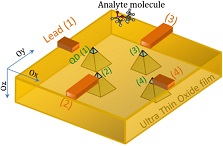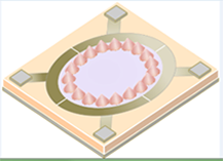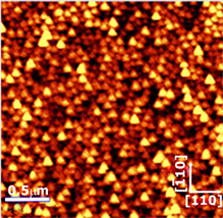
Vacancy-Nitrogen Centers in Graphene for Qubits and Vacancy-Nitrogen Linear Arrays for Quantum Data Transfer
Goals: A new method for generating in a controlled fashion vacancies and vacancy arrays in graphene sheet has been discovered by Sahtout and Karoui. The vacancies are doped with nitrogen to create NV centers, which are useful for many applications: quantum devices, high efficiency catalyst,... Some of our goals is to understand the properties of these centers as single quantum entity or ordered array of the same, and to provide means to use them as elements for quantum devices. Pairs of NV complexes appear to be promising for making interesting bistable quantum systems, useful for instance for qubits. Furthermore, Karoui and Sahtout proposed that the intrinsic and doped vacancy lines can be used in quantum circuits for data transfer.



